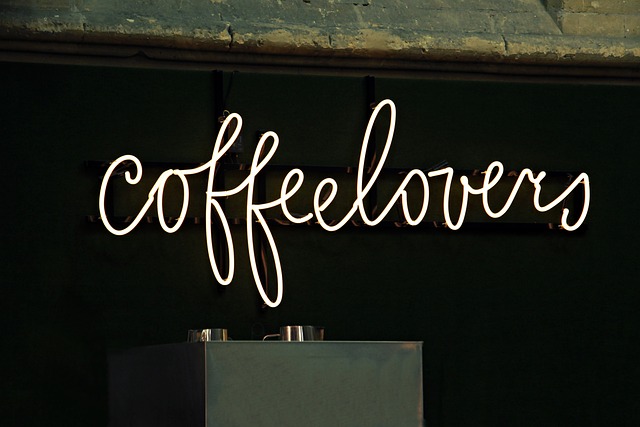Twitter’s new promotion option is being tested
While Facebook, with its reported 2 billion monthly users, has become a major force in marketing and advertising, some of its competitors are clearly under pressure. Twitter, for example, has only managed to gather 320 million users, of whom about half visit the platform every day.
At the same time, however, it has to be remembered that headline usage figures are only one factor taken into consideration by astute digital marketers when they are deciding where to spend their advertising budget and smaller platforms can be of great interest to brands, if they can show that they deliver value.
It has been reported that Twitter is testing a new $99 a month promotion option. We look at the way that strategy appears to be intended to deliver that value to advertisers.
What $99 a month buys advertisers
Instead of paying to have individual tweets promoted, advertisers may be able to pay a $99 flat monthly fee to have their content pushed out to selected users based on either location or interest. Twitter will then take charge of getting the content to the right people and will supply advertisers with regular performance reports to ensure the visibility of results.
Users will see the same amount of promoted content as they usually do, so the ratio of organic tweets to promoted ones should be about the same. Hence, the quality of the overall user experience should be maintained.
Why advertisers should still love Twitter
Users go on Facebook to update their account with their latest news and see what their social circle members have been doing. Promoted Facebook posts, therefore, are simply an interruption to their feed, which may or may not be welcome.
Users go on Twitter to interact with the world at large and to find out what is going on right now and what other people think of it. In other words, it’s the place to find the latest news, whether it’s from the world of entertainment, sport or politics or just the everyday lives of ordinary people.
The use of hashtags is woven into the core of Twitter and its 140-character limit forces users to be selective about the hashtags they use, thereby avoiding the hashtag overkill, which can be a problem at other sites which have also adopted the concept (notably Instagram). This means that Twitter is a superb platform for reaching inquisitive, engaged users, particularly in niche markets and/or with time-sensitive content.
Building credible competition to Facebook
Facebook has been aggressive about its expansion, either buying off the competition (e.g. Instagram) or trying to weaken them by offering the same sort of functionality on its own platform (e.g. Snapchat). So far, its strategy seems to be working in its favour. Still, Facebook’s growth at the expense of other platforms could leave advertisers feeling uncomfortable about what the future might bring. With this in mind, Twitter might feasibly be able to coax some advertisers into its scheme purely to see if Twitter manages to build itself into a serious competitor to Facebook.
